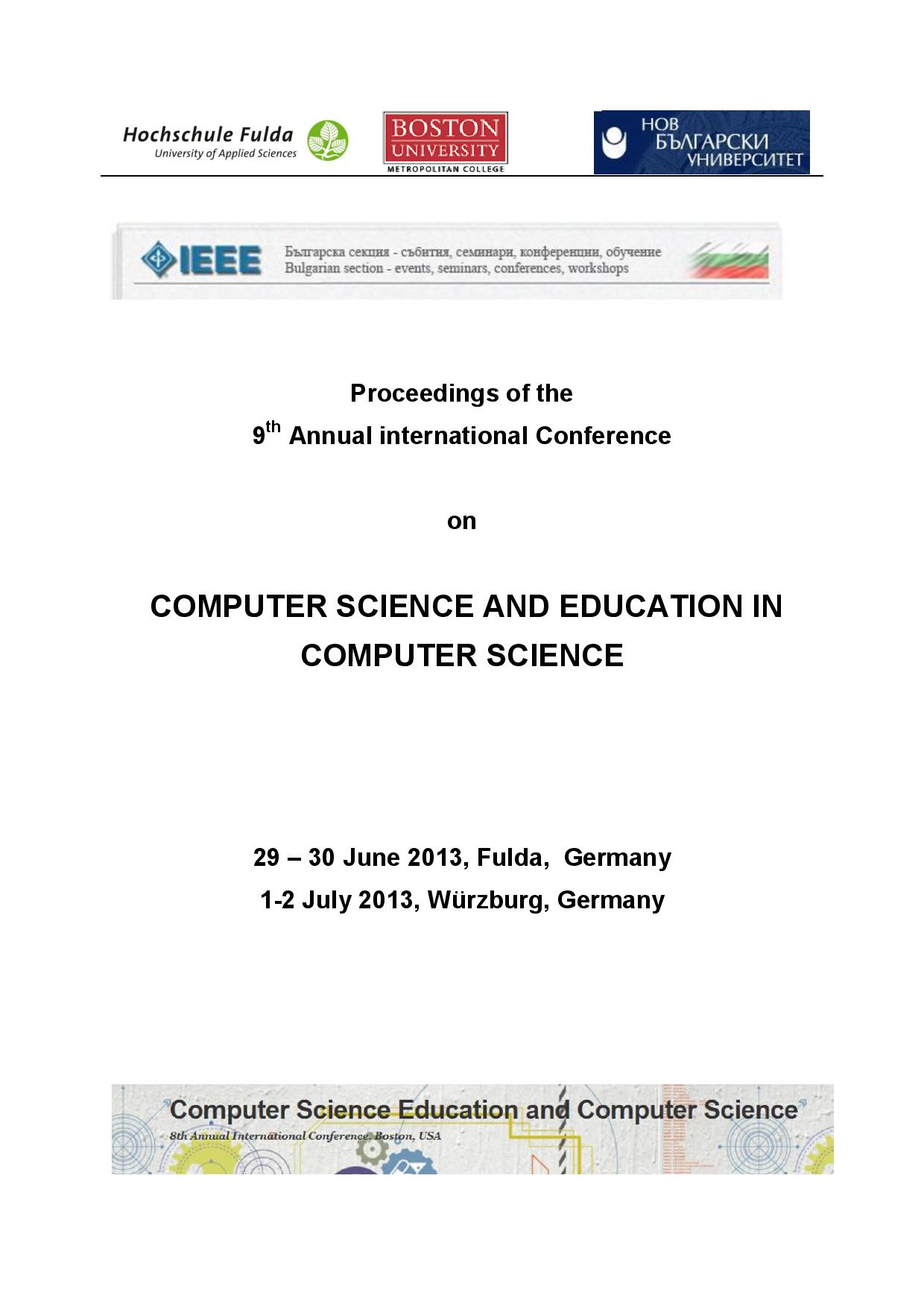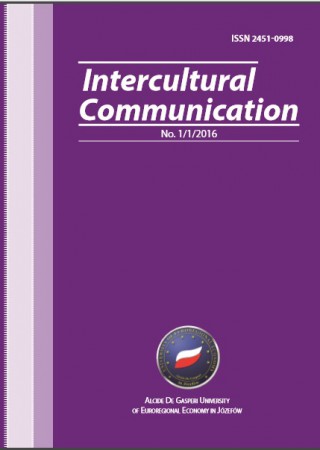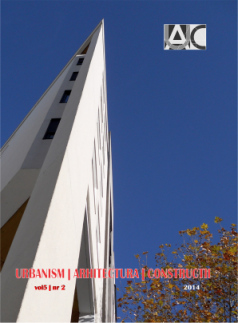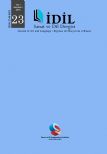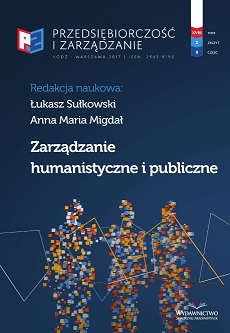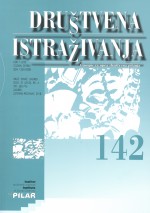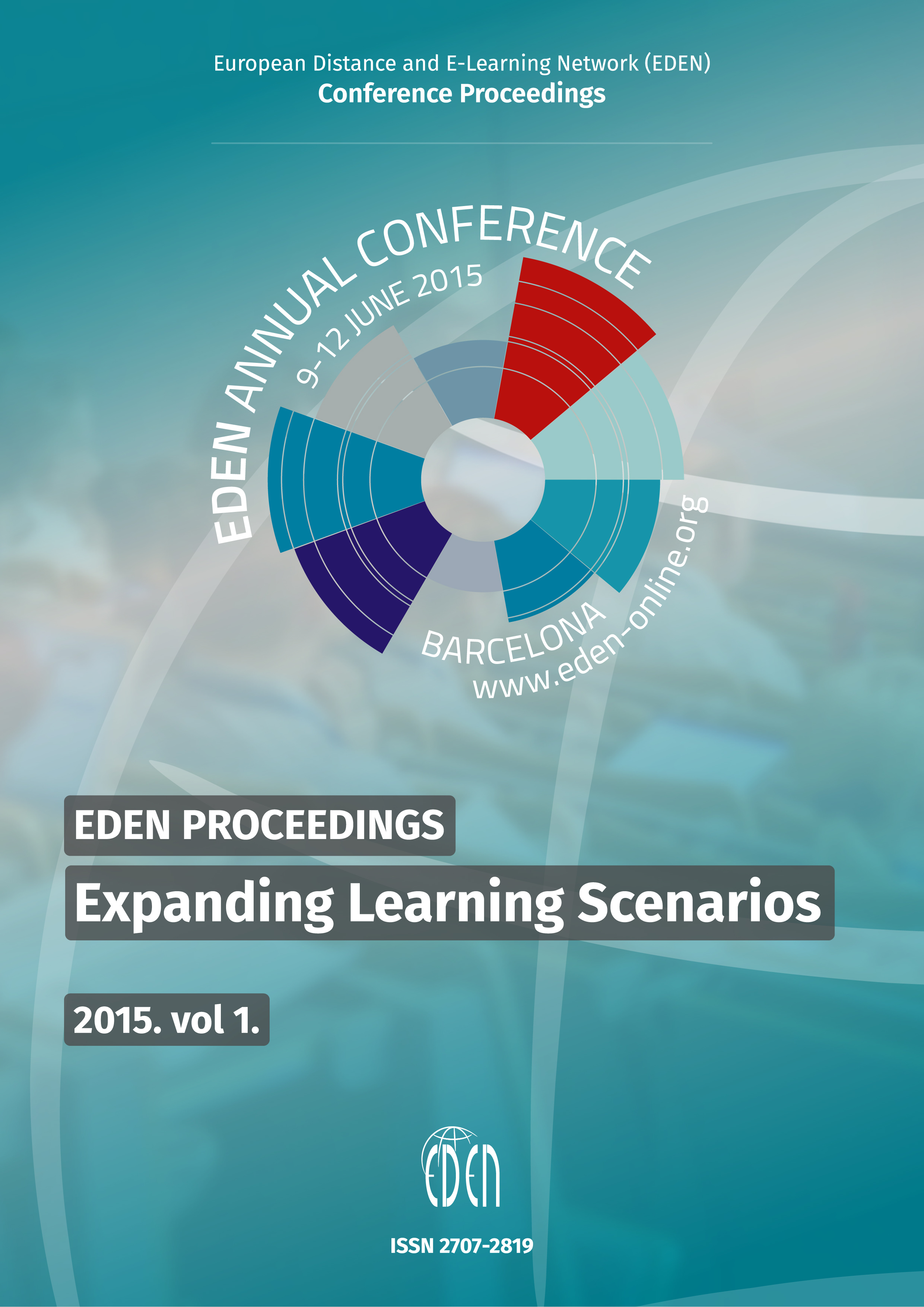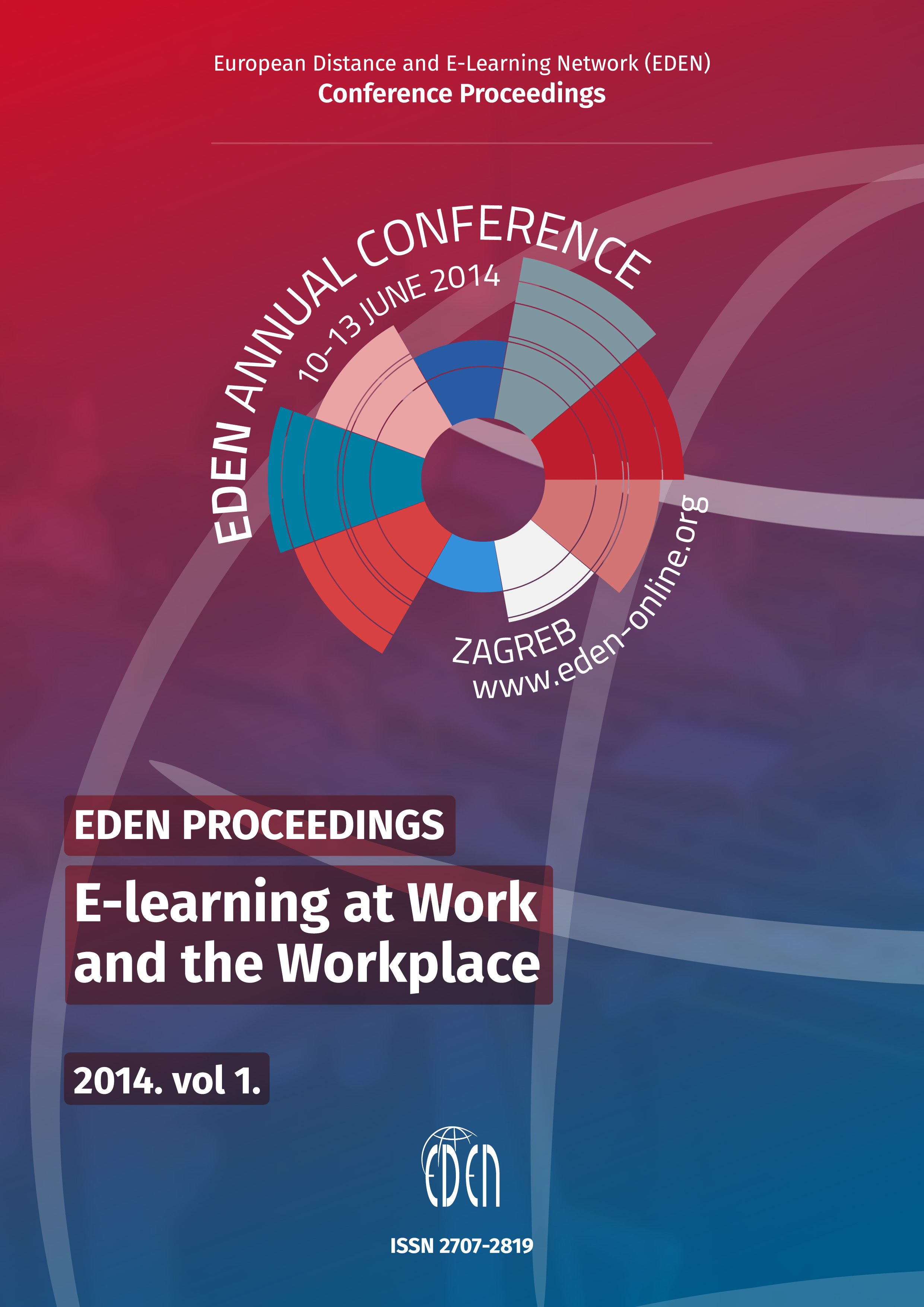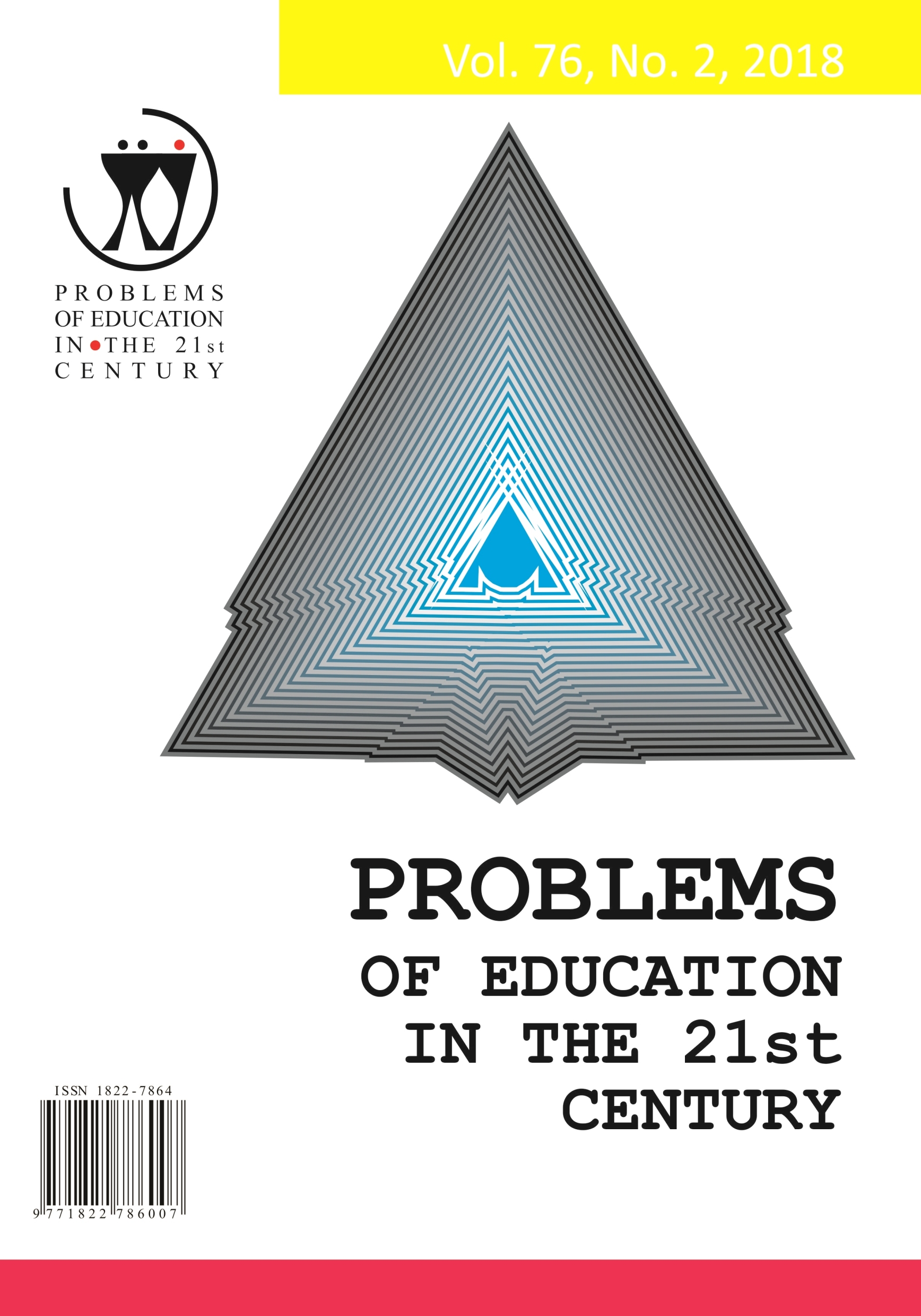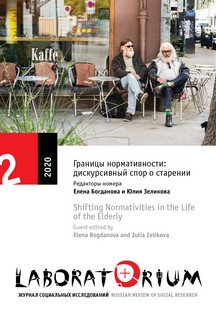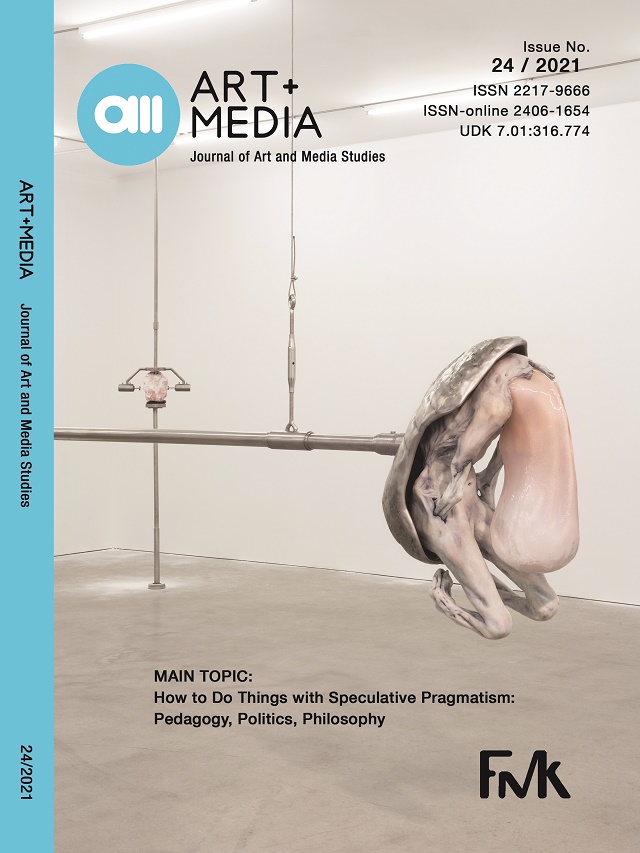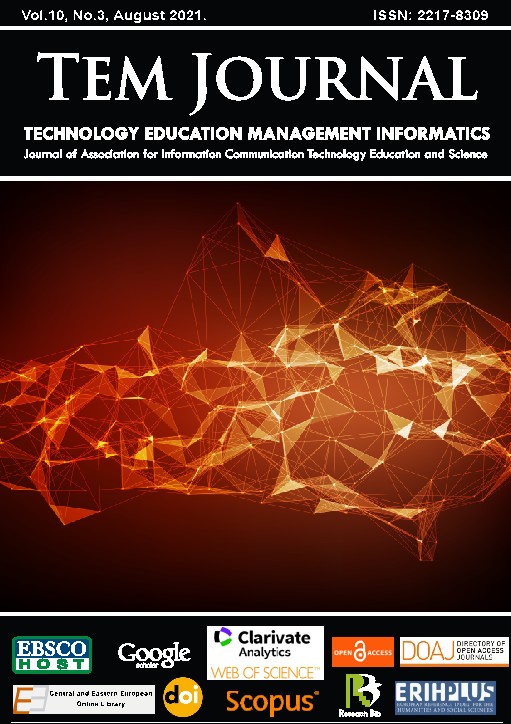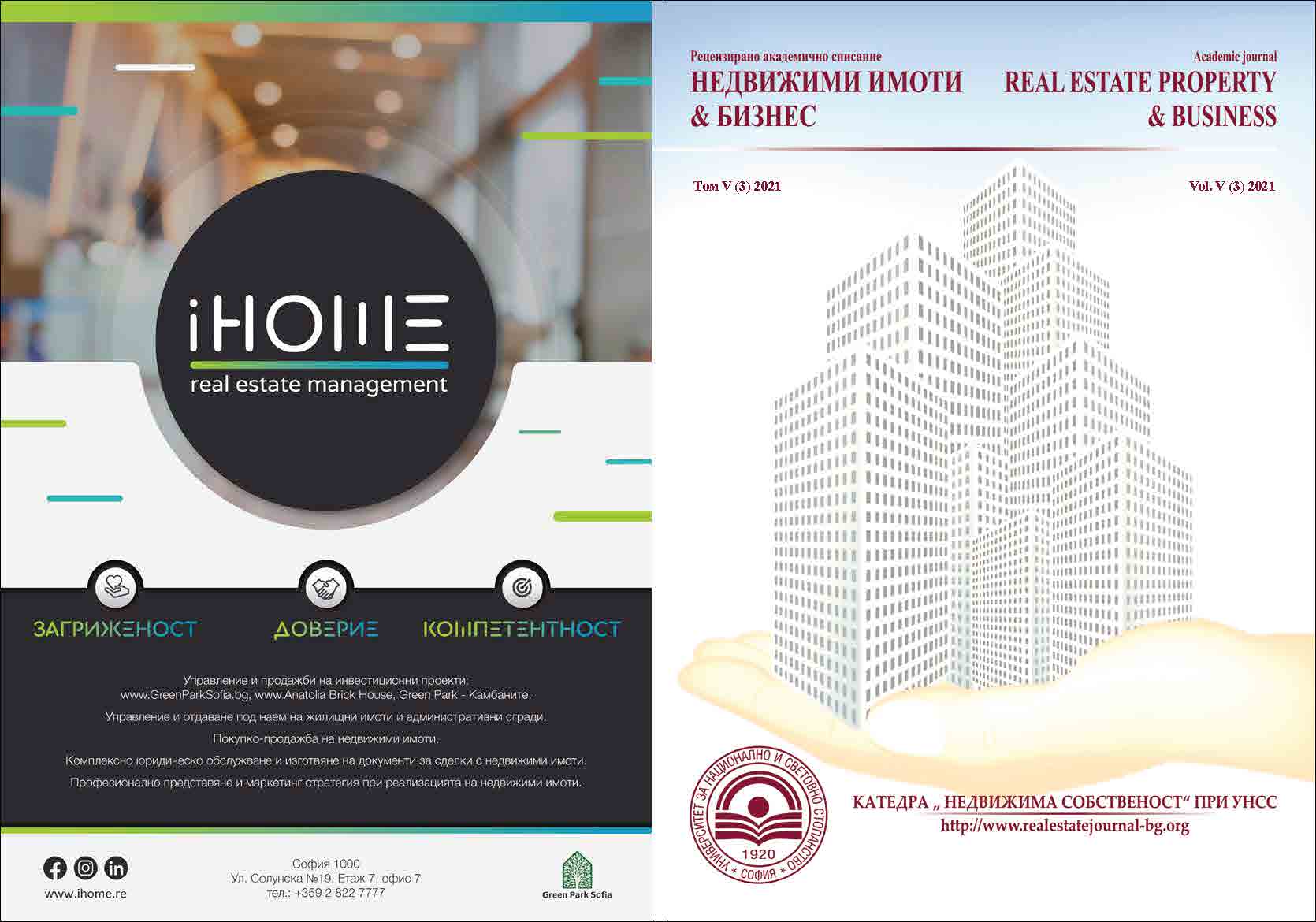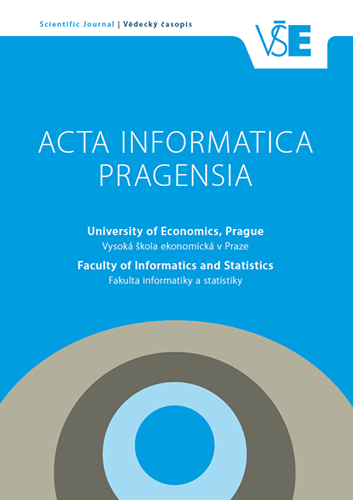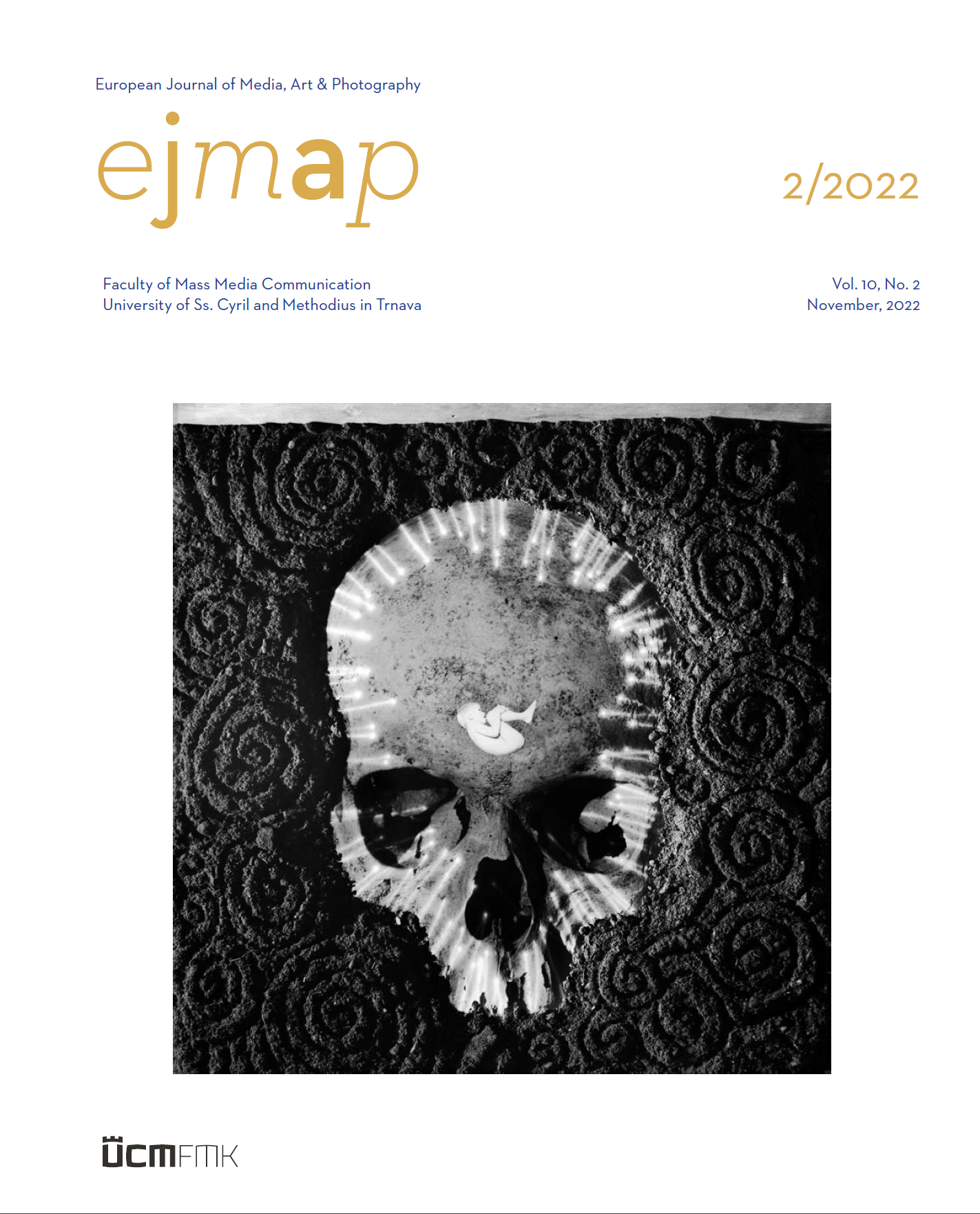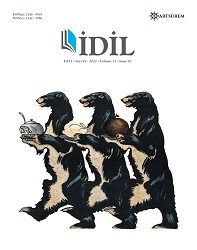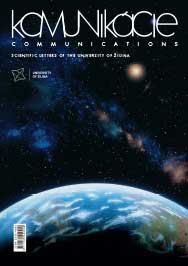CREATING LIVING URBAN SPACES
Author(s): Meltem Özçakı / Language(s): English
/ Issue: 10/2017
Keywords: Space; Place; Architectural Design; Public Space;
Space should not be considered as an empty area which is perceived within physical boundaries. Theoreticians’ views on space, in addition to creating alternatives to the perception of space, has led to differences in the professional discipline of architects whose basic interest is creating space as a result of their professional requirements. Architecture sees space, which is an act of creating, as a unity together with human acts. This text will primarily cover issues of space, production of space, experiencing and perceiving it. Views of theoreticians will be referred to in order to describe the concept of space. As architecture is a discipline that transforms the theoretical knowledge into practical knowledge by interpreting it, theoreticians’ views on space are significant. While examining the concept of time, views of theoreticians such as Bollnow, Heidegger, Merleau-Ponty, Lefebvre, Norberg-Schulz, Alexander, Moles, Pallsmaa, and Bergson will be elaborated on. Furthermore, concept of space will be examined through phenomena such as the temporal dimension in defining, producing and experiencing the space and shaping the space according to the dynamics of daily life. In the second part of the text, concept of space will be evaluated through a number of selected examples of architectural design applications. The selected examples include works with different scales such as urban design works, public space arrangements, structure designs, interior space designs, playground designs, and furniture designs. Also, how the concept of space is used in directing the architectural designs and its effect on the final product will be stated. Designs will be studied which are innovative, compatible with the environment, and multipurpose in accordance with human needs by determining the needs of people, examining the actions, employing technological opportunities, and using up-to-date materials in the process of creating space. This work was supported by Research Fund of the Namık Kemal University. Project Number: NKUBAP.00.18.AR.14.04, Name: “Investigating and Evaluating the Spatial Potential of the Coast of Tekirdag” and Project Coordinator is Asst. Prof. Dr. Meltem ÖZÇAKI
More...
